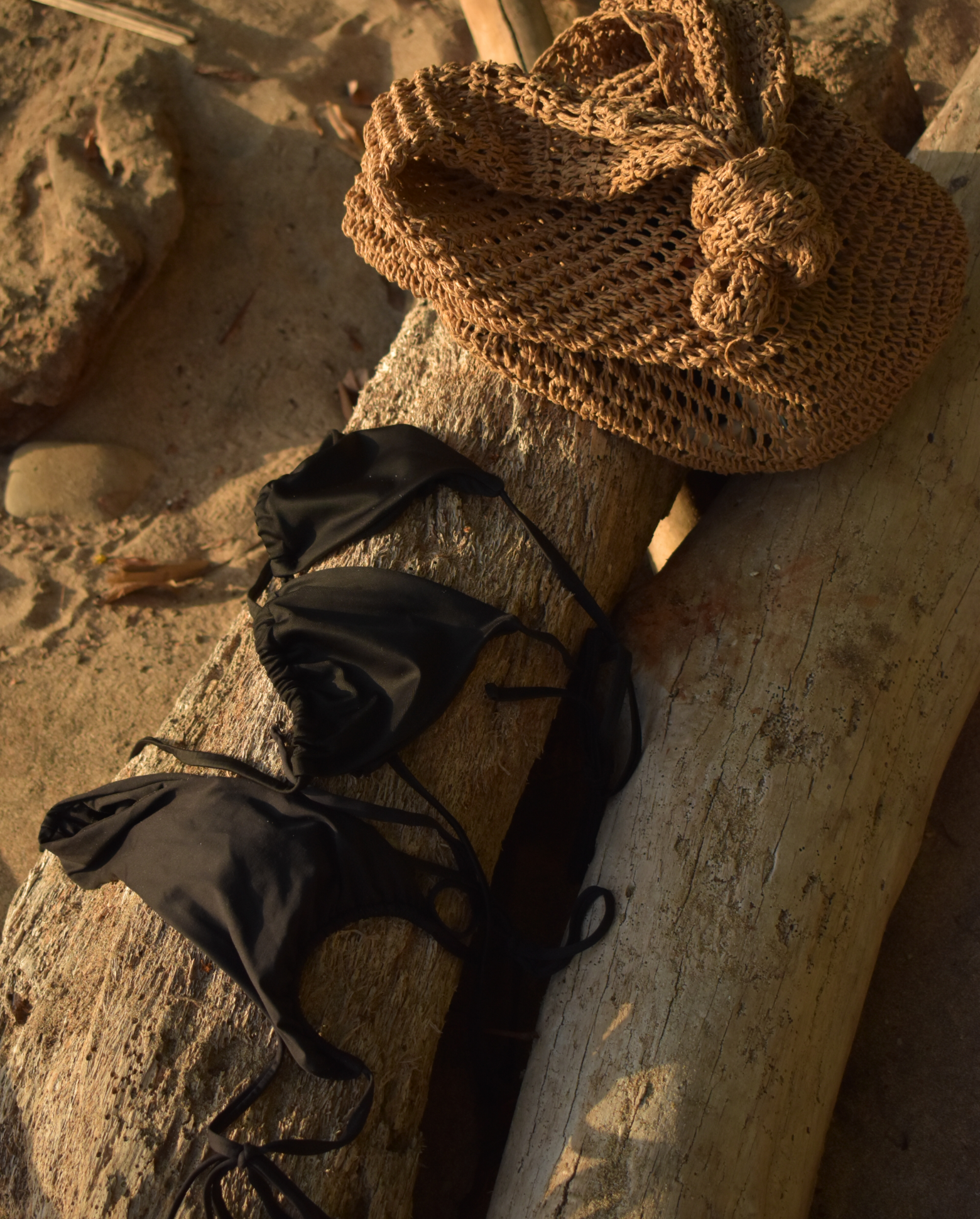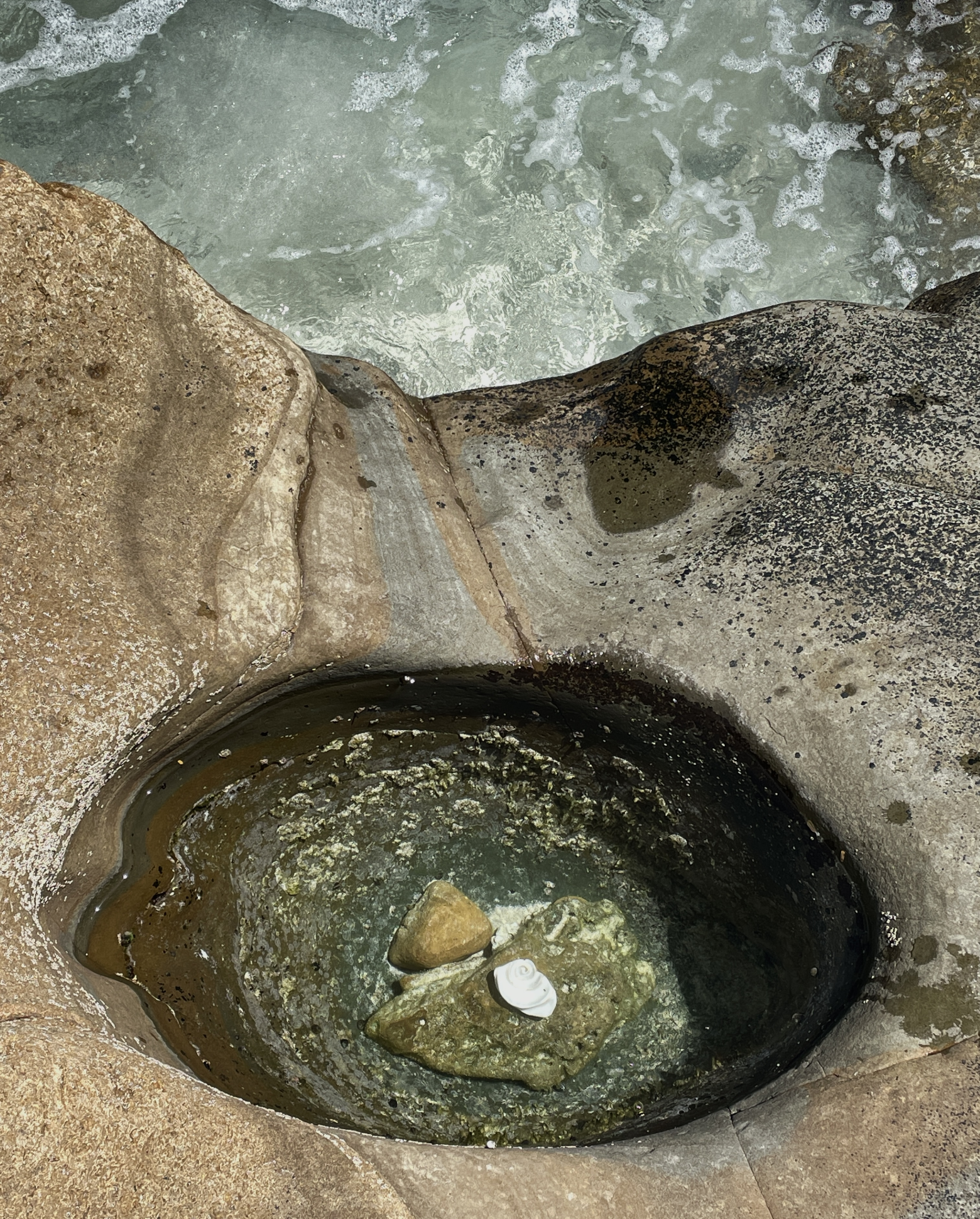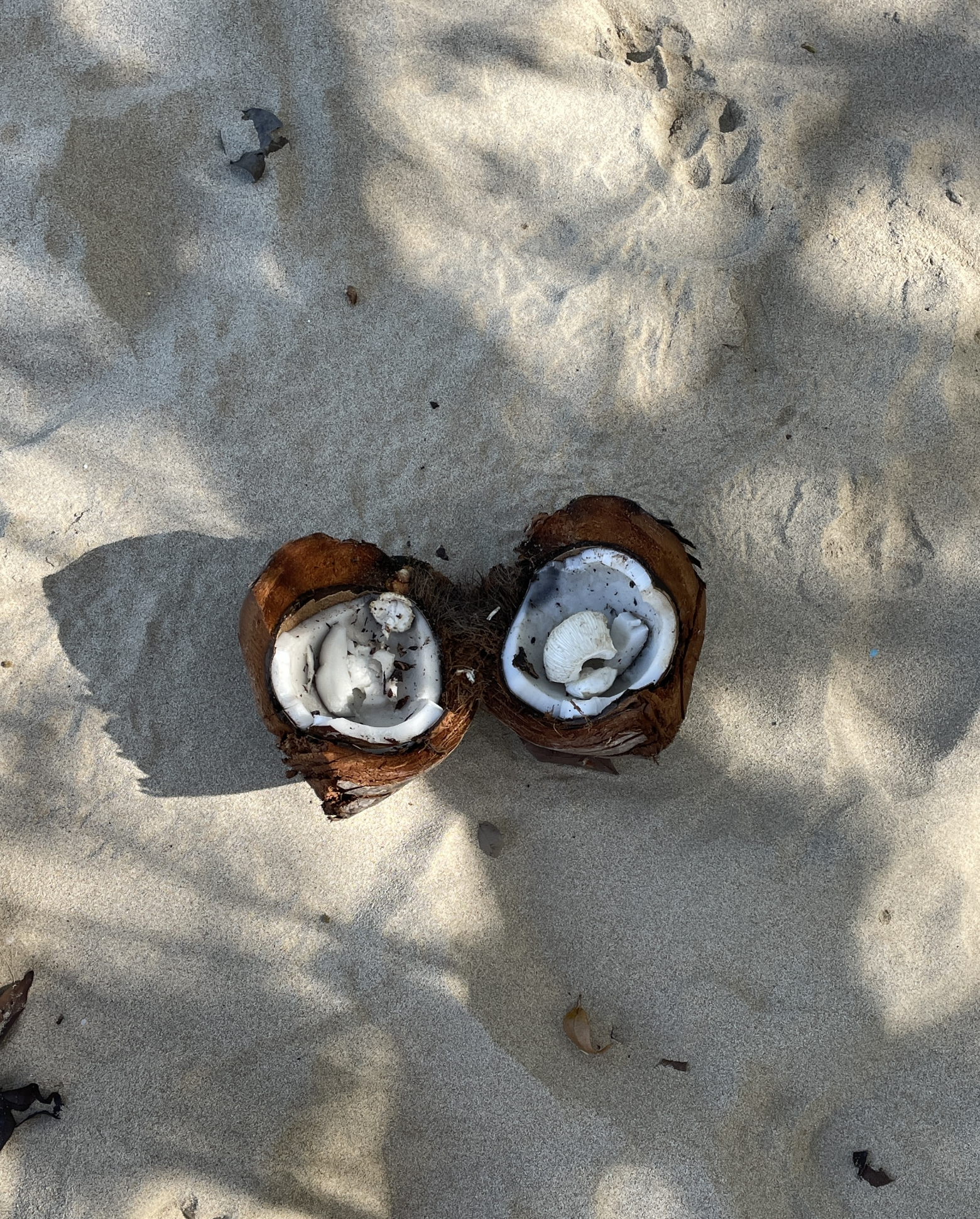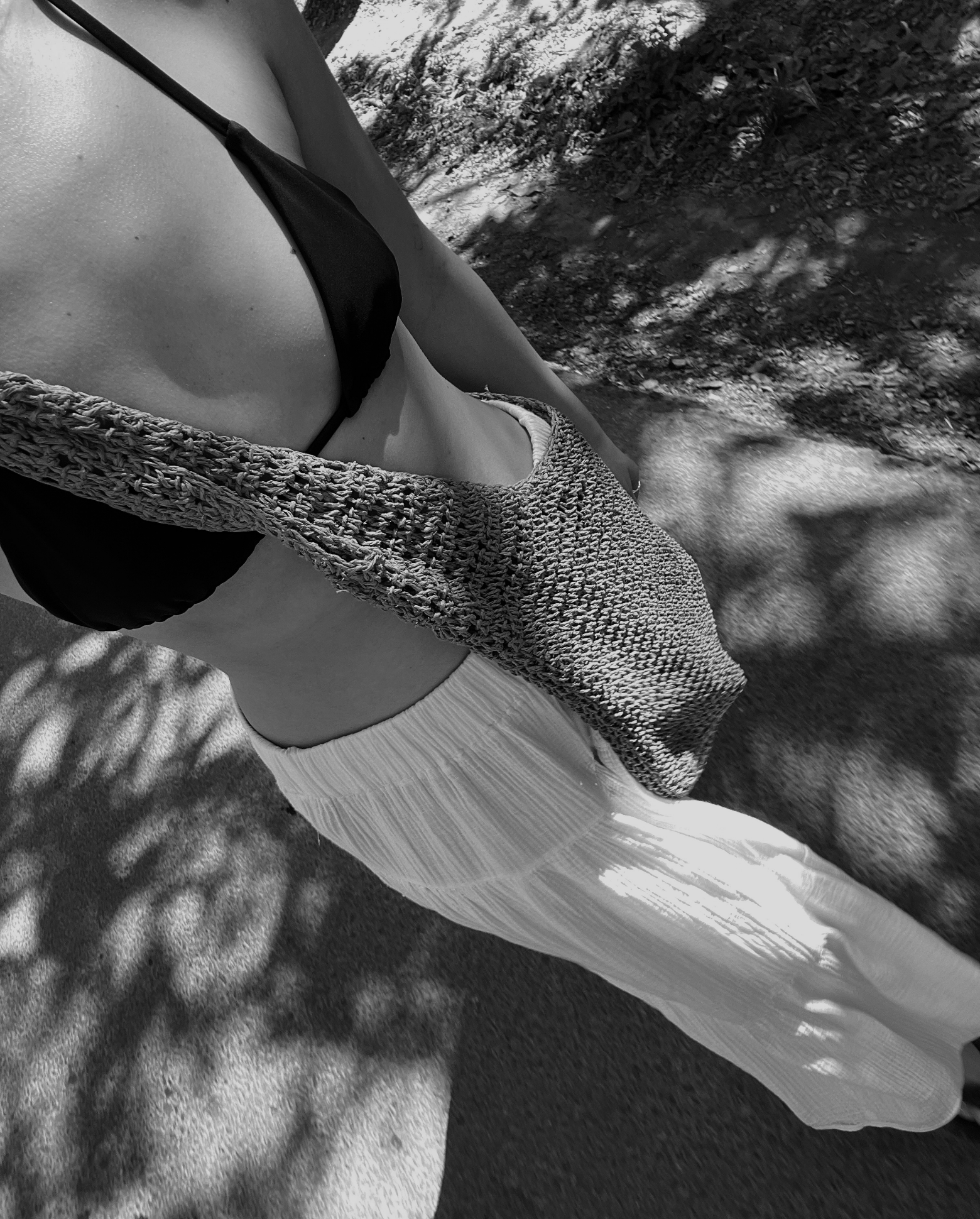Santa Teresa, Costa Rica
Where to stay?
We stayed at Maoritsio Garden Studios, an Airbnb tucked into the heart of Santa Teresa’s Playa Carmen area. It was the perfect base—just steps from the best surf spots and surrounded by lively restaurants and bars. But if I could do it again, I’d stay in Playa Hermosa. The beaches there are quieter, the waves are friendlier for beginners, and there’s a sense of calm that Playa Carmen doesn’t quite offer. If you don’t mind renting an ATV and being slightly removed from the action, Hermosa is the way to go.
Where to eat?
Banana Beach — A relaxed beach bar serving great street food and cocktails with a view.
Hungry Monkey — If you’re craving street tacos, this is the place.
La Cevicheria — A charming family-run spot with some of the freshest ceviche we had.
Tips
Getting to Santa Teresa from San José is a bit of a journey, but you have a couple of options. We tried two of them, and here is my recommendation. You can either take the bus and ferry, which is fairly straightforward. The journey takes about six hours in total and is definitely the best option if you are budget-conscious. However, the more efficient and scenic way to travel to Santa Teresa is by taking a small propeller jet (Green Airways) from San José Airport to Cobano, a short drive from Santa Teresa. The flight takes about 20 minutes and offers an excellent view of the archipelago.
For surf lessons, look get in touch with Shaka from Pocket Wave — he’ll have you catching waves in no time.
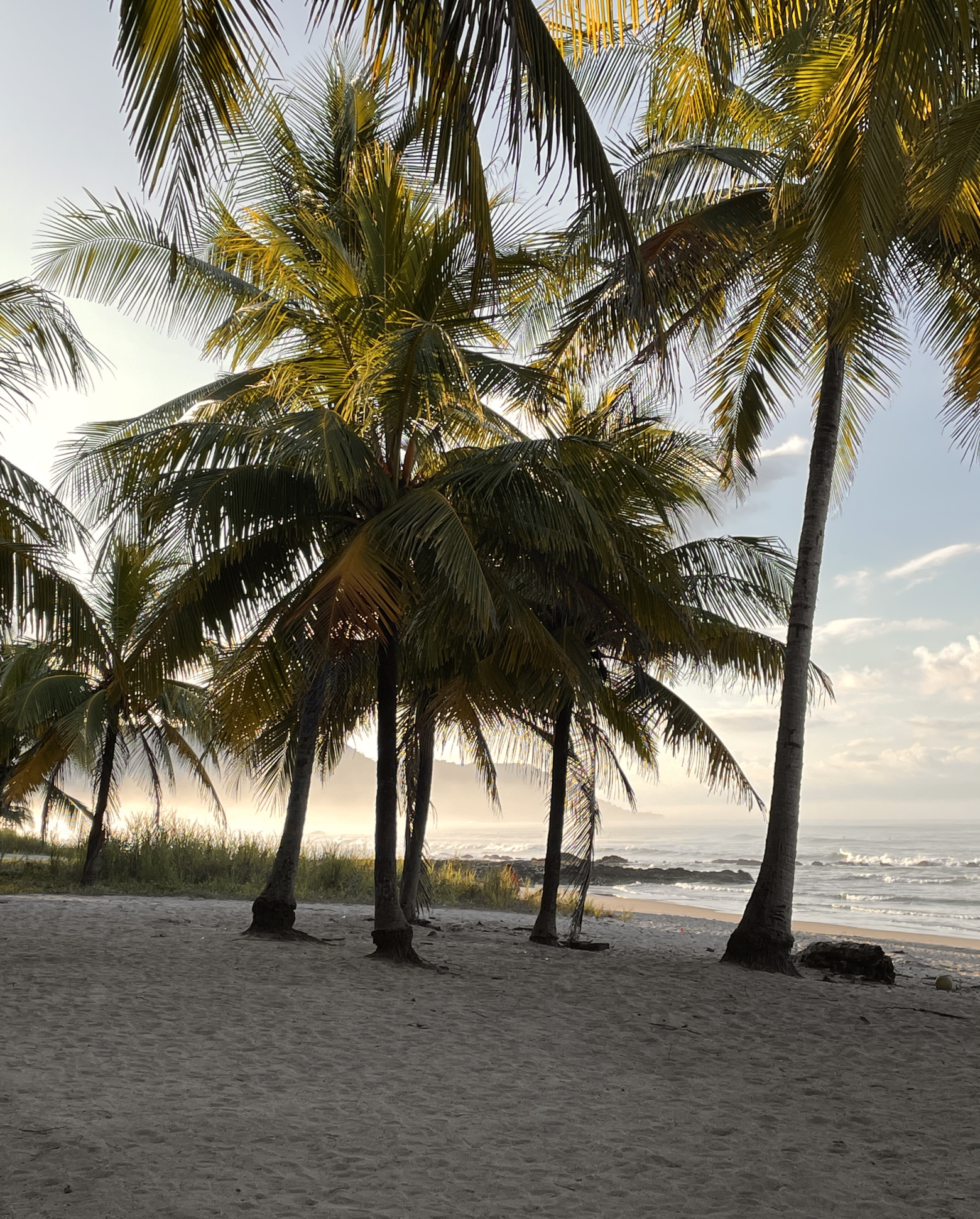
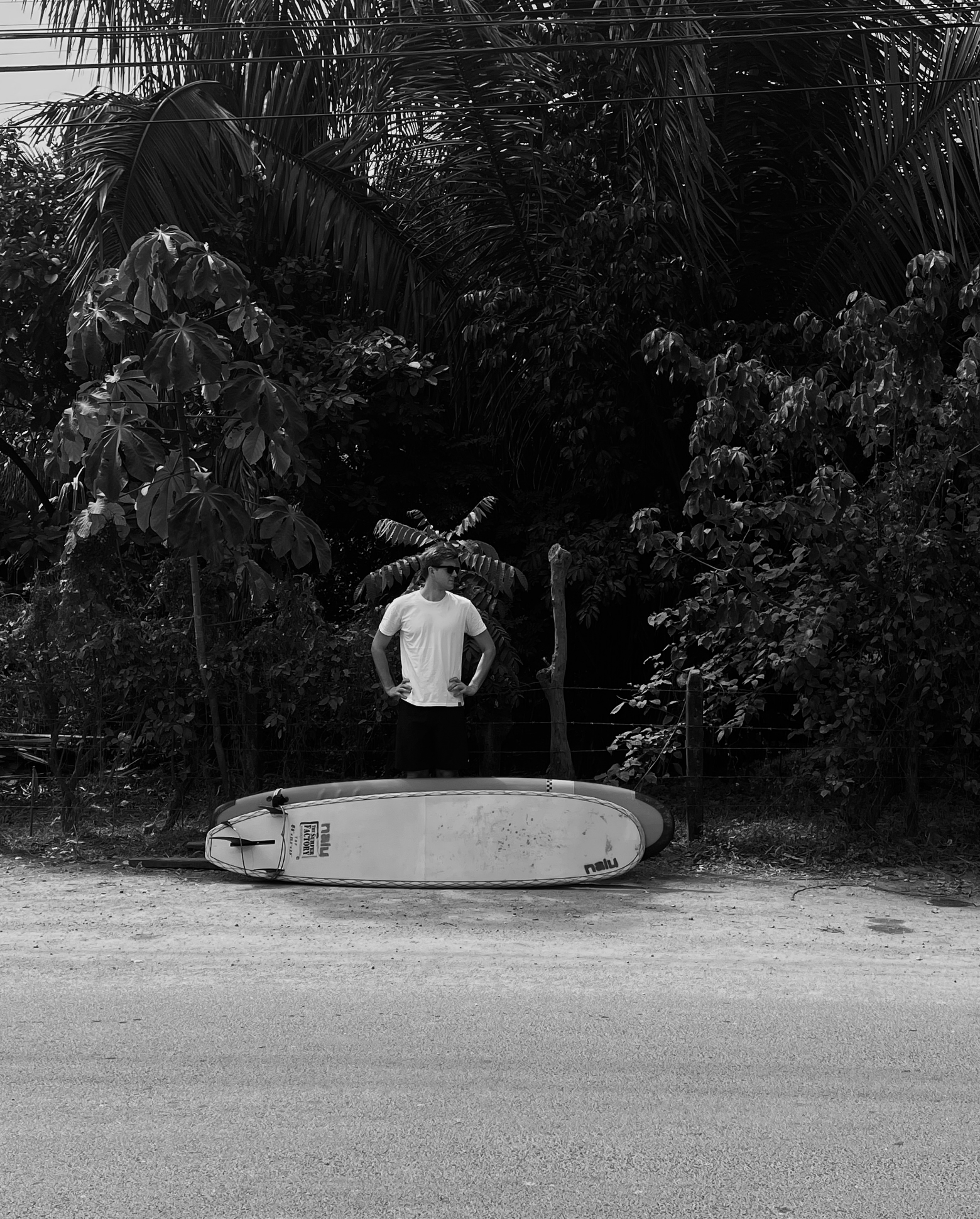
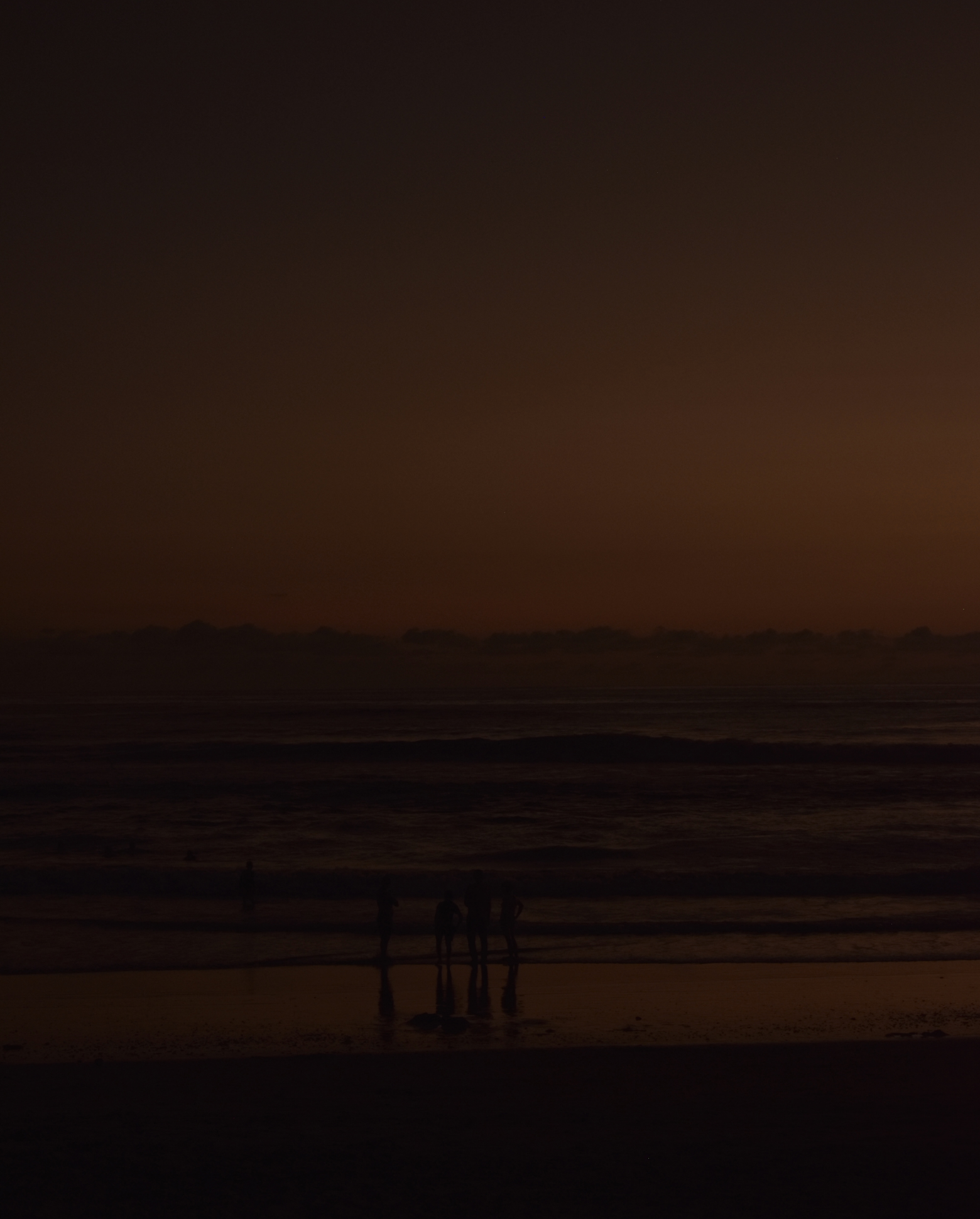
Santa Catalina, Panama
Arriving in Santa Catalina feels like you’ve reached the edge of the earth. It takes about eight hours from Panama City by bus, including two transfers. The ride itself is an adventure — let’s just say our bus came with some unexpected guests (cockroaches included). But once you get there, the wild beauty of the place makes the trek worth it.
Where to stay?
We stayed at Oasis Surf Camp, right on the beach. Getting there requires wading across a small river (depending on the tide), which only adds to the feeling that you’ve stumbled into some forgotten corner of the world. The beachside huts are simple, yet comfortable — just a bed, air conditioning, a small private bath, and a hammock on the porch. There’s no luxury here, and service is bare-bones, but the waves are absolutely perfect.
What to eat?
Santa Catalina doesn’t have many dining options, but the best meal we had was at Hotel Santa Catalina. Their grilled mahi-mahi with rice, paired with a frozen margarita, hit the spot after a long day in the water.
Tip
The thunderstorms in Santa Catalina are something else. Standing on the shore at night, watching lightning fork into the Pacific and light up the entire coastline, was one of the most surreal experiences of the trip.
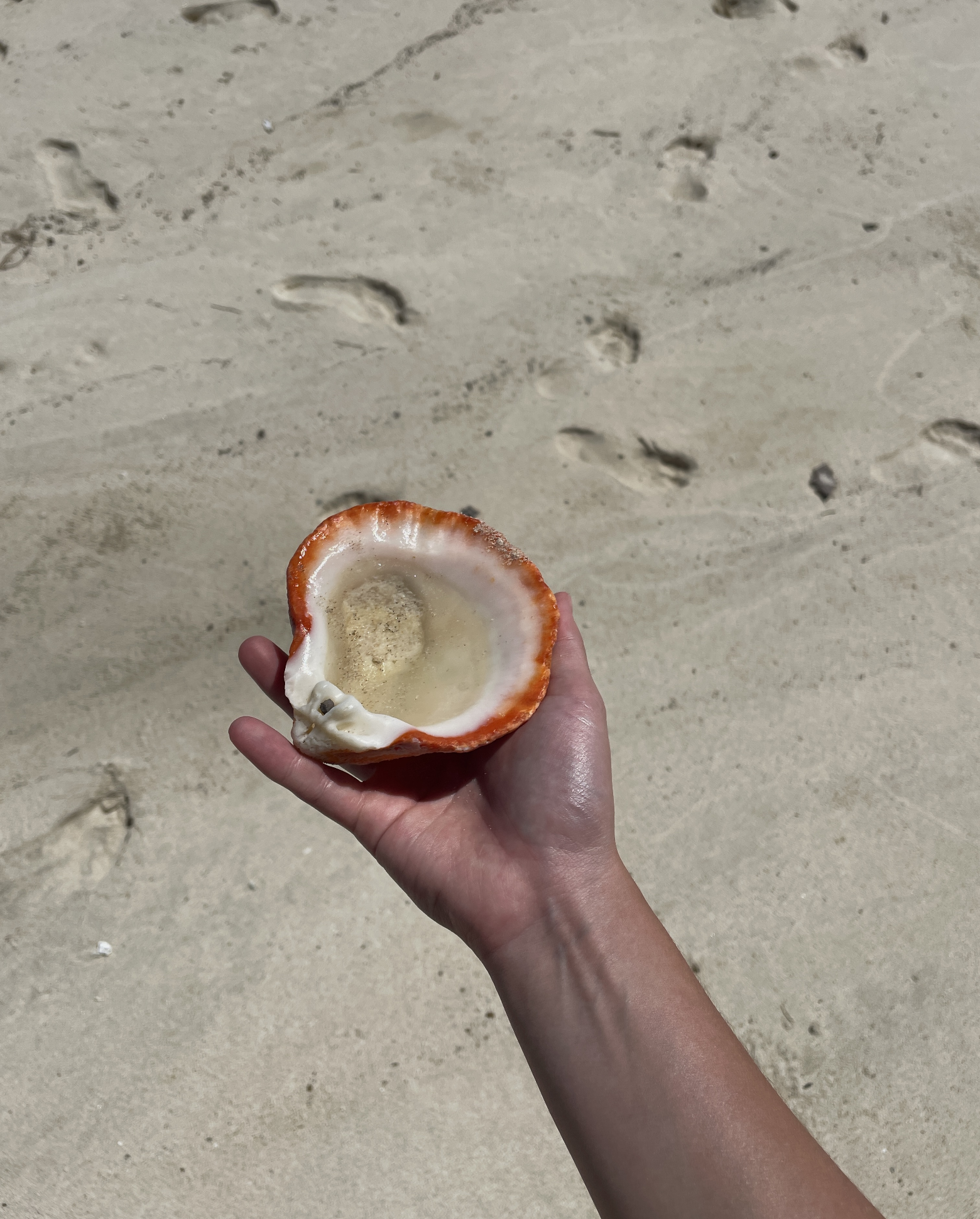
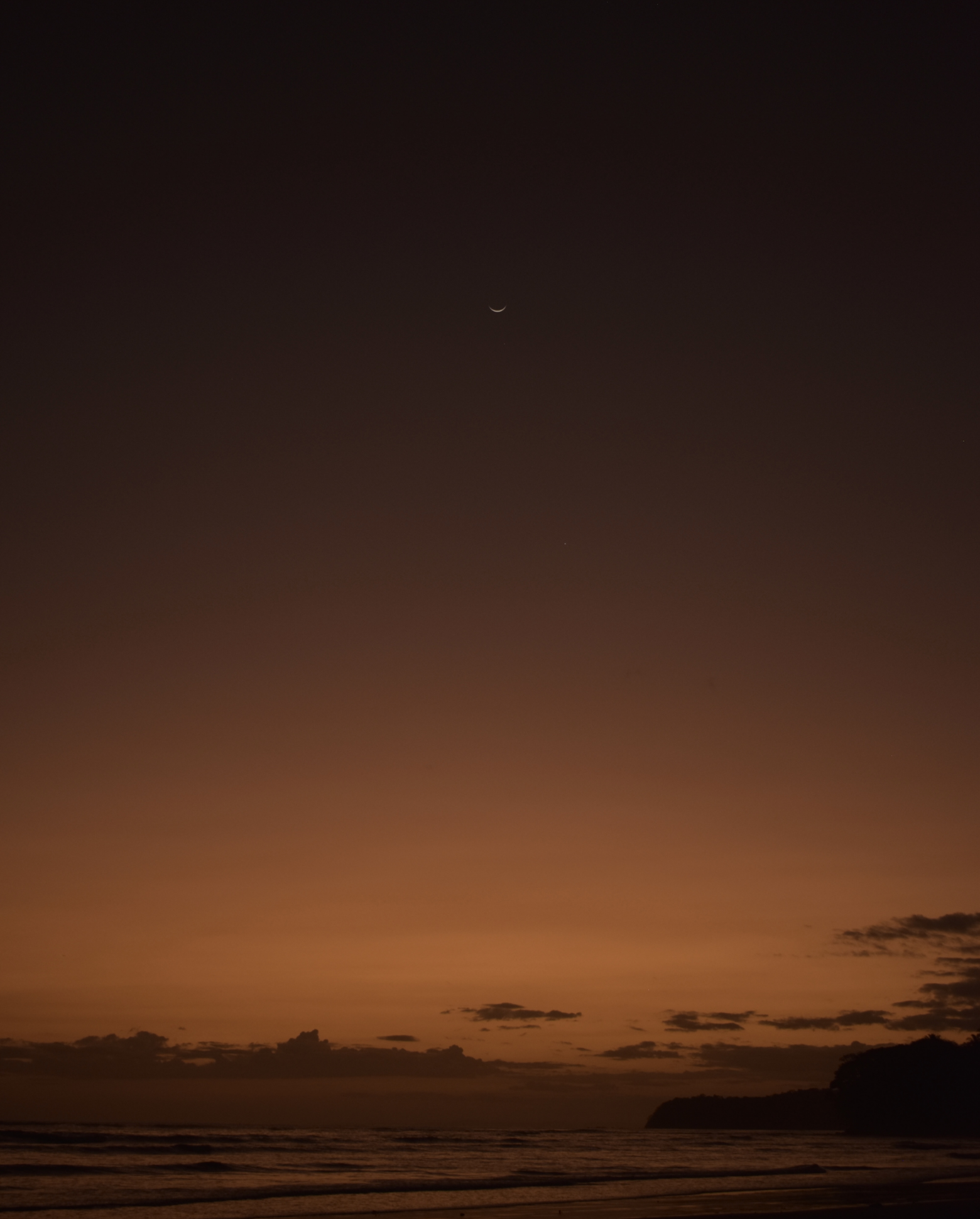
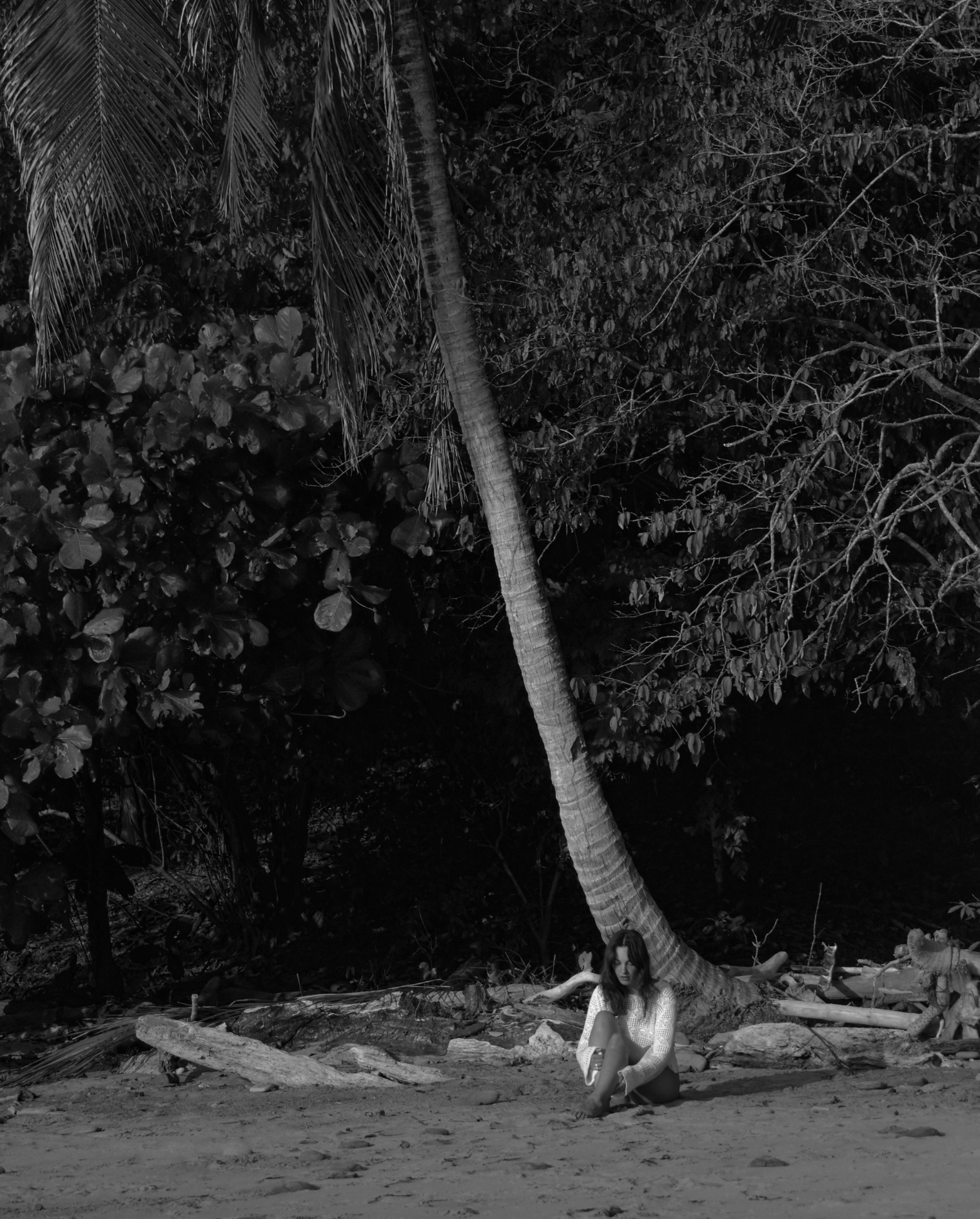
Isla Saboga, Panama
Isla Saboga is what you picture when you think of an untouched tropical paradise. It’s a tiny island in the Gulf of Panama, blanketed in lush forest and edged with pristine white coastlines. With minimal tourism, the island remains incredibly peaceful — honestly, I don’t think enough people know about it, and there’s no reason not to visit, as it’s absolutely breathtaking. While food options are limited due to the low tourism, the natural beauty more than makes up for it.
Where to stay?
We stayed at Saboga Lodge, a boutique hotel perched on the cliffs of the island’s west coast. The staff were incredibly welcoming, though English wasn’t widely spoken. The hotel’s private beach felt straight out of The Blue Lagoon—no lounge chairs, no umbrellas, just raw, untouched nature. It was a true disconnect-from-the-world experience.
What to eat?
I’ll be honest — food isn’t the highlight here. Unless you’re willing to catch and cook your own fish, don’t expect anything gourmet.
Tip
Do as much snorkeling and island-hopping as possible. We took a boat tour to some of the neighboring islands, and the landscapes were so surreal it felt like stepping into a dream — crystal-clear water, powdery white sand, and absolute silence except for the waves.
